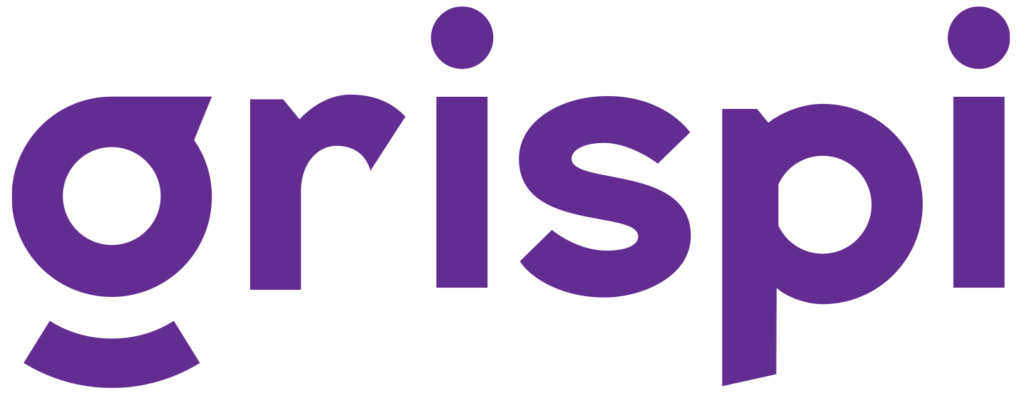Navigating Customer Experience KPIs for Business Growth
- April 29, 2024
Key Performance Indicators (KPIs) play a crucial role in improving customer experience by offering valuable insights into satisfaction, loyalty, and overall business performance. This article explores the importance of customer experience KPIs, explains how they differ from general metrics, highlights ten essential KPIs to monitor, and illustrates why they are vital for sustainable business success.
What Are Customer Experience KPIs?
Customer Experience KPIs are measurable indicators used to evaluate how effectively a company delivers positive experiences throughout the customer journey. These KPIs serve as benchmarks for assessing various touchpoints—from initial engagement to post-purchase satisfaction. Monitoring them enables businesses to evaluate their performance, uncover areas for improvement, and make data-driven decisions to enhance overall customer experience.

How Do KPIs Differ from Metrics?
Although often used interchangeably, KPIs and metrics have distinct purposes. Metrics refer to any quantifiable measurement used to track performance or progress toward a goal. Examples include website traffic, revenue, or social media engagement.
KPIs, however, are a more focused subset of metrics—strategically chosen because they align with key business objectives. Unlike general metrics, KPIs are directly tied to success outcomes and are used to evaluate progress against specific targets or benchmarks.
Top 10 Customer Experience KPIs to Track
1. Net Promoter Score (NPS)
NPS measures customer loyalty by asking how likely customers are to recommend your brand. Respondents are categorized as Promoters, Passives, or Detractors, providing insight into overall sentiment and brand advocacy.

2. Customer Satisfaction Score (CSAT)
CSAT gauges how satisfied customers are with a particular interaction, such as a product purchase or support experience. Customers typically rate their satisfaction on a numeric scale, offering direct feedback for service improvement.
3. Customer Effort Score (CES)
CES assesses how easy it is for customers to complete tasks or resolve issues with your company. A lower effort score indicates smoother interactions and can highlight areas where processes need refinement.
4. Retention Rate
This KPI tracks the percentage of customers who continue doing business with your company over a defined period. High retention suggests strong loyalty and long-term value.

5. Churn Rate
Churn rate represents the percentage of customers who stop using your product or service. Monitoring churn helps identify why customers leave and informs strategies to improve retention.
6. Average Resolution Time
This measures how long it takes, on average, to resolve customer inquiries or issues. Faster resolution times typically lead to higher satisfaction and better service ratings.
7. First Contact Resolution (FCR)
FCR indicates the percentage of customer issues resolved during the initial interaction. A high FCR rate reflects efficiency, competency, and a smooth support experience.

8. Customer Lifetime Value (CLV)
CLV estimates the total revenue a customer is expected to generate throughout their relationship with your company. It helps prioritize acquisition strategies and long-term engagement efforts.
9. Customer Retention Cost
This KPI tracks the cost required to retain existing customers. Comparing it to the revenue generated by those customers helps assess the ROI of retention strategies.
10. Customer Feedback Response Rate
This measures the proportion of customers who respond to feedback or survey requests. A higher response rate indicates stronger engagement and provides a more reliable basis for improvement efforts.

Why Are Customer Experience KPIs Important?
Customer Experience KPIs are critical tools for organizations striving to improve the customer journey and achieve sustainable growth. By tracking and analyzing these indicators, businesses can uncover actionable insights, refine strategies, and consistently deliver exceptional experiences that drive satisfaction, loyalty, and advocacy.
As customer expectations evolve, prioritizing customer-centric KPIs becomes even more important. These KPIs not only guide performance but also shape the way companies build trust, relationships, and long-term value in a competitive marketplace.
Contact Us
Fill out the form for detailed information and demo account, let us call you.
